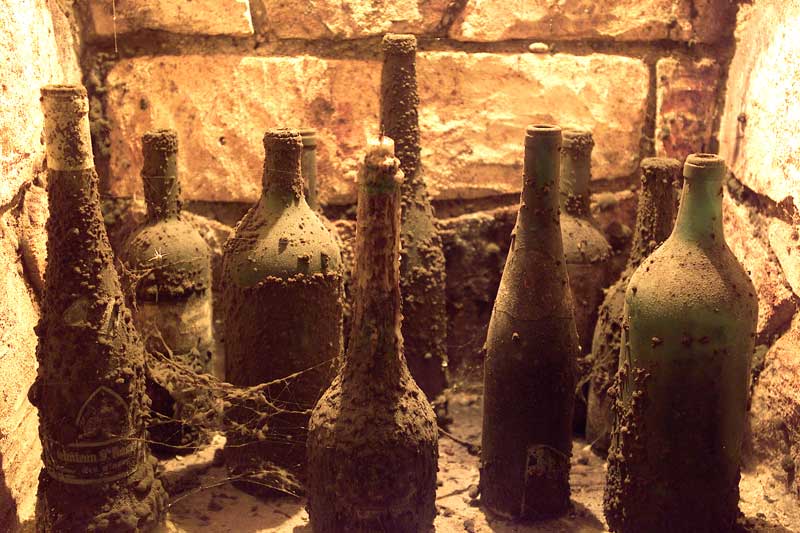2008
 Very Good
Very Good
clear variety characteristics, inspiring freshness and liveliness, medium alcoholic concentration
The rather cooler summer enhanced the typically Austrian fruitiness of the wine, and the wonderful late summer weather, from mid-August to well into September, was ideal for raising alcohol concentration levels.
The work in the vineyards was very demanding. Handling the grapes demands much experience, and harvest workers willing and able to adapt to new methods of production. The smallest error can have serious consequences.
Heavy rainshowers were a factor throughout the growing season. High levels of humidity, and above all the lack of wind, led to problems with fungal disease. To counteract this as much as we could, the vines were treated with tea, which strengthens the plants, and stimulates the vines’own powers of self-defence. This long-lasting treatment does usually have the required effect, but not everywhere, and there are always exceptions. But one does see the adaptability of nature at work. But patience and strong nerve are also needed.
Two destructive hailstroms, at the beginning of July and in mid-August, affected the Frauenkirchen plantings, and were responsible for the premature loss of part of the harvest.
The financial implications of sorting the grapes, and making sure that only best fruits are selected, are considerable. Harvesting of early varieties began in the first week of September. Warm föhn winds helped develop good alcoholic concentration in the grapes. Later cold spells followed, and these slowed down the final ripening of the grapes, and improved aroma development. The harvest lasted until mid-October, and came to an end with the harvesting of Blaufränkisch from the terraced vineyards.
The total volume of harvest was some 20 % down on last year, which will certainly lead to shortages in some types of wine. Quality is, however, most attractive, and one can speak of it having been a typical season, comparable with 2002.
